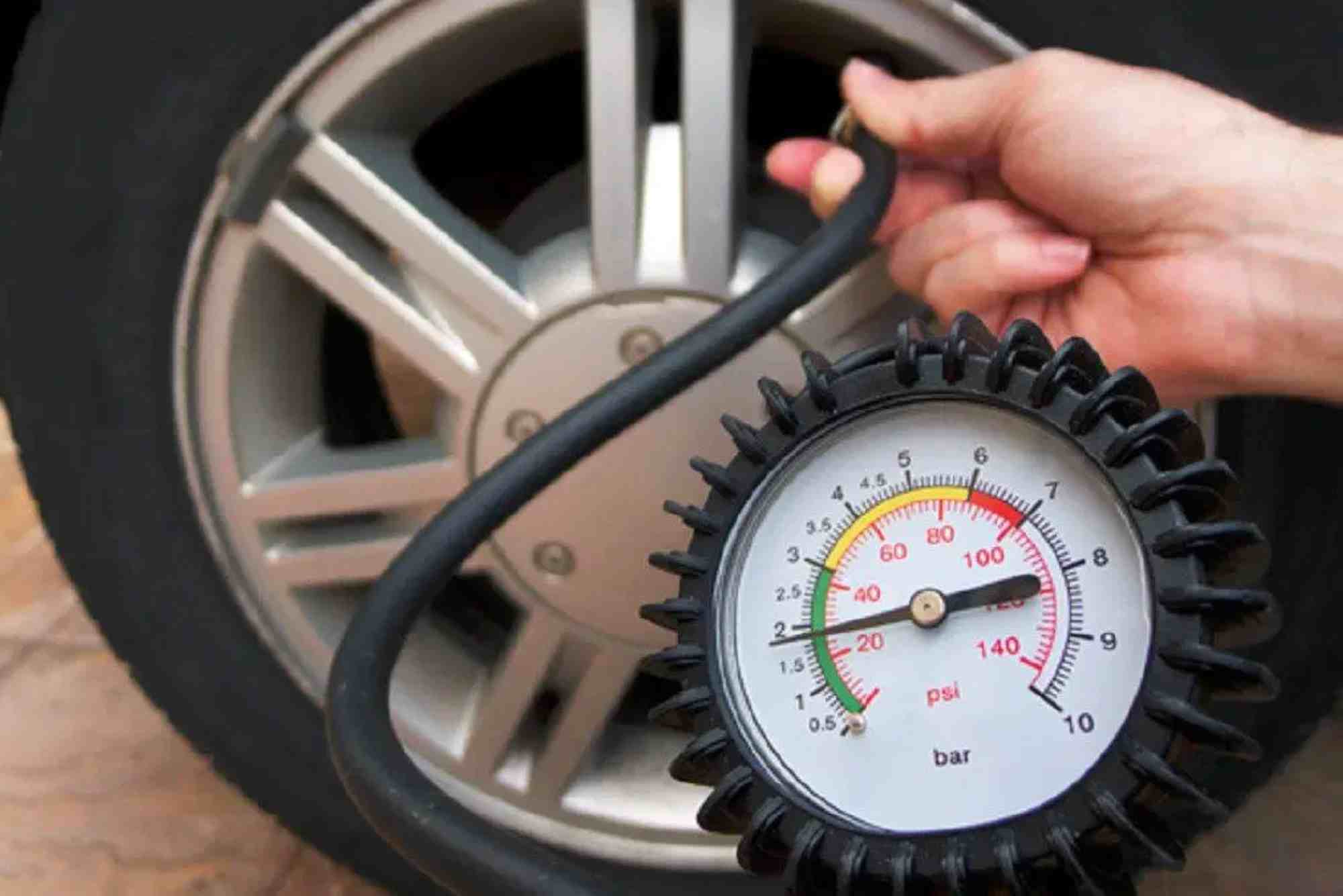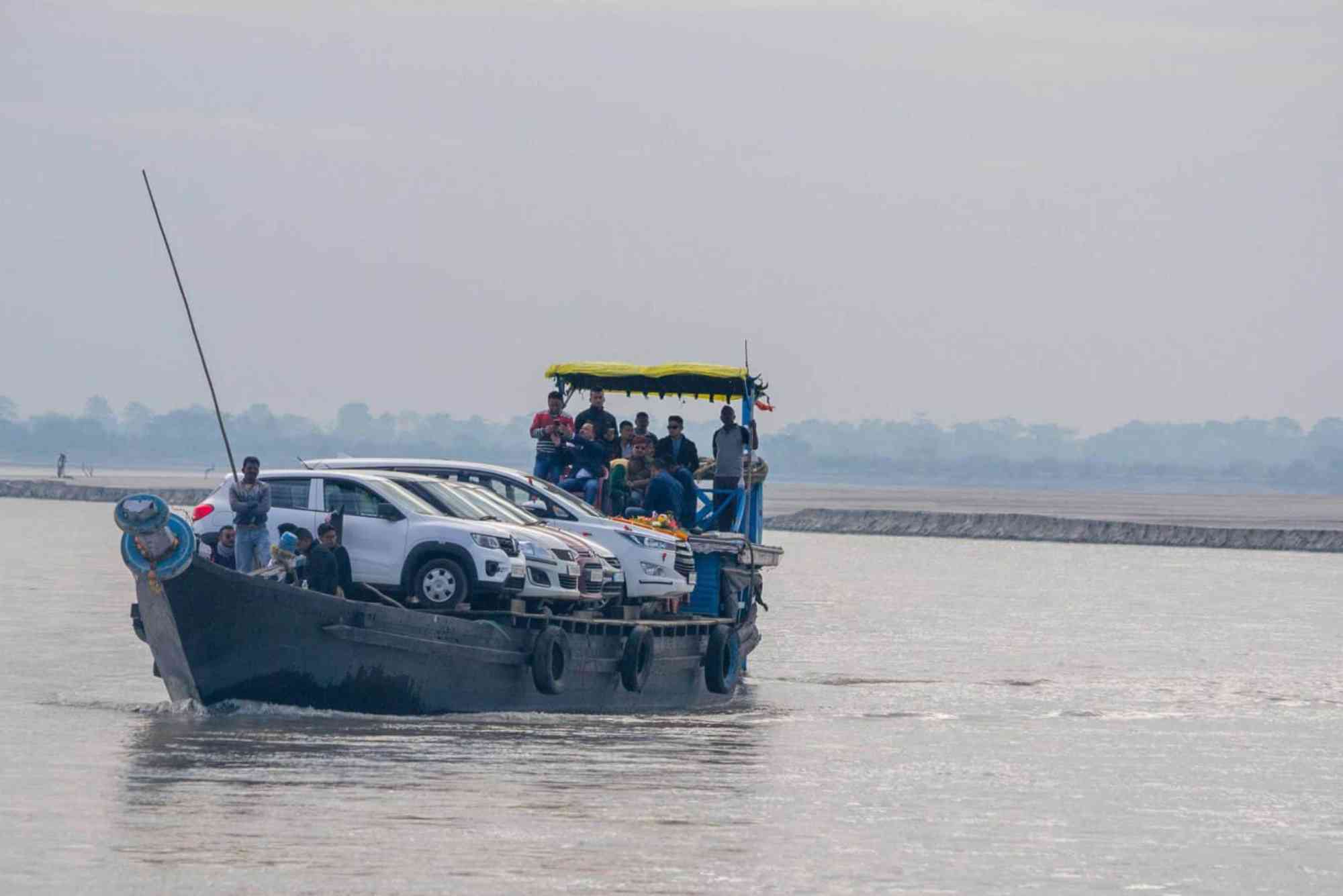Recommended Tire Pressure for SUVs: How to Ensure Optimal Tire Performance
The phrase recommended tire pressure for SUV shows up everywhere—on your door jamb, in your owner’s manual, even on the fuel flap of some models. Yet many drivers still guess, follow a “35 PSI for everything” rule, or rely only on TPMS alerts. This guide explains exactly what the manufacturer’s number means, why it differs by model, how temperature, load, and speed change things, and how to set and maintain the right pressure for maximum safety, grip, comfort, and fuel economy.
What does “recommended tire pressure for SUV” really mean?
Manufacturers determine the recommended tire pressure for SUV models through testing that balances safety, handling, braking, tire wear, ride comfort, and fuel consumption. The number you see on the door-jamb placard or in the manual is a cold inflation pressure, usually stated in PSI and sometimes in kPa. “Cold” means before you drive more than a couple of kilometers or after the car has been parked for at least three hours, ideally overnight.
The placard beats the sidewall
The sidewall’s “Max Press” is not the recommended tire pressure for SUV operation; it’s the tire’s structural limit at which it can carry its maximum rated load. Always prioritize the vehicle placard or owner’s manual unless you’ve changed tire size or load rating substantially, in which case you should consult a tire professional to recalculate.
PSI vs kPa and why “cold” matters
Most SUVs fall somewhere in the 32–36 PSI cold range for daily use, but heavier, three-row, hybrid-battery-laden, or towing-focused SUVs often sit higher—sometimes 38–42 PSI. The recommended tire pressure for SUV settings are given as cold values because pressure rises roughly 1 PSI for every 10°F (≈6°C) increase in temperature during driving.
Typical pressure ranges and why yours may differ
While it’s useful to know that many compact and midsize crossovers use around 33–35 PSI and body-on-frame or heavy-duty SUVs may spec closer to 38–42 PSI, the recommended tire pressure for SUV you drive can be unique due to curb weight, weight distribution, OE tire size, load index, and intended top speed. Performance-oriented SUVs can even have staggered pressures front to rear to sharpen steering response and balance.
How to measure and set SUV tire pressure correctly
To truly hit the recommended tire pressure for SUV accuracy you need a reliable gauge. Pen-style gauges are cheap but can be inconsistent. A backlit digital gauge with 0.1 PSI resolution and a locking chuck helps you repeat the manufacturer’s number precisely.
Cold vs hot readings—and how to correct
Check pressures first thing in the morning. If you must check when hot, note that readings may be 2–4 PSI higher than the cold spec. Do not bleed air from hot tires to match the placard; you’ll end up below the recommended tire pressure for SUV once they cool.
TPMS is great—but not perfect
TPMS is designed to warn of significant under-inflation, not to keep you nailed to the recommended tire pressure for SUV setting. Many systems don’t alert until you’re 20–25% low. You still need a monthly manual check.
The variables that change the recommended tire pressure for SUV in real life
Even though the carmaker sets a baseline, reality shifts. Understanding when—and how much—to tweak makes you safer and can save your tires.
Ambient temperature swings
Tire pressure changes about 1 PSI for every 10°F (≈6°C). A Karachi summer-to-winter swing can easily move you 3–5 PSI off target. That’s why revisiting the recommended tire pressure for SUV at every weather change is smart practice.
Heavy loads and towing
When you load the cabin with passengers, fill the cargo area, or hook up a trailer, consult your manual. Many SUVs publish a higher “fully loaded” pressure. Running the lower daily setting under heavy load increases heat, flex, and wear. Adjusting a few PSI upward—within the manual’s limits—keeps the tire operating safely inside its load curve and closer to the recommended tire pressure for SUV for that condition.
Speed, off-road use, and airing down
High sustained speeds generate heat, which increases pressure. Some manufacturers provide a high-speed pressure table. Conversely, off-roaders often “air down” for traction and comfort on sand or rocks. That’s deliberate and temporary and must be followed by airing back up to the recommended tire pressure for SUV before returning to pavement.
Underinflation vs overinflation: why both are costly
Underinflation lengthens braking distances, increases the chance of hydroplaning, builds heat that can lead to structural damage, and chews the outer shoulders of the tread. Overinflation reduces the contact patch, compromises grip and comfort, and can cause center tread wear. Both deviate from the recommended tire pressure for SUV and both reduce the tire’s effective lifespan.
Seasonal, regional, and road-surface adjustments
If you drive in extreme heat, pressures rise during use; still, you begin at the same cold recommended tire pressure for SUV. In cold winters, pressures drop, so checking more frequently is vital. For mixed urban and highway duty, sticking to the placard avoids overthinking it. For long highway runs with a loaded SUV, check the manual for the higher loaded PSI, which often aligns more closely with the recommended tire pressure for SUV for that scenario.
How often should you check?
A practical cadence is once a month, before every road trip, and any time a strong cold or hot front moves through. That rhythm keeps you near the recommended tire pressure for SUV baseline and ahead of slow leaks from punctures, corroded valve cores, or temperature drops.
A quick, no-fuss routine that works
Wake up, grab your digital gauge, and check all four tires plus the spare before you start the engine. Adjust to the placard’s cold value. Recheck after the first major temperature shift of the season, again when you add heavy cargo or a trailer, and right after you rotate or replace tires to ensure the shop matched the recommended tire pressure for SUV figures on the door placard.
Frequently asked questions
What is the recommended tire pressure for SUVs?
There isn’t a single number. The correct answer is on your vehicle’s placard and in your manual. Most modern crossovers sit near 33–35 PSI cold, while many larger SUVs require closer to 38–42 PSI. Always default to the recommended tire pressure for SUV printed by your manufacturer.
Is 35 PSI good for SUV tires?
Sometimes. 35 PSI is a common cold value, but it could be too low for a heavy, three-row SUV or too high for a small crossover with a 32 PSI spec. Compare your gauge reading to the recommended tire pressure for SUV on your door jamb.
Should front and rear tire pressures be the same on an SUV?
Often they are, but not always. Performance SUVs and some plug-in hybrids list higher rear pressures to manage weight and handling balance. Follow the split if your placard shows one; that is the recommended tire pressure for SUV configuration for your model.
How often should I check tire pressure?
Monthly, before long trips, after a big temperature swing, and whenever the TPMS light comes on. That routine keeps you at the recommended tire pressure for SUV value more consistently than waiting for alerts.
Does higher tire pressure improve fuel economy?
Slightly higher pressures reduce rolling resistance, but going above the recommended tire pressure for SUV sacrifices grip, comfort, and braking performance. The safest and most efficient long-term strategy is to maintain the manufacturer’s spec.
What happens if my tire pressure is too high?
You’ll feel a harsher ride, experience less traction over bumps and wet roads, and see center tread wear. Drop back to the recommended tire pressure for SUV to restore the intended contact patch.
Can I trust TPMS instead of a gauge?
Use TPMS as an early-warning system, not as your calibration tool. Many systems won’t alert until you’re far below the recommended tire pressure for SUV value. A quality gauge is still essential.
How does cold weather affect SUV tire pressure?
Pressure falls as temperatures drop, roughly 1 PSI per 10°F. In winter, you might be several PSI under the recommended tire pressure for SUV if you don’t top up.





